





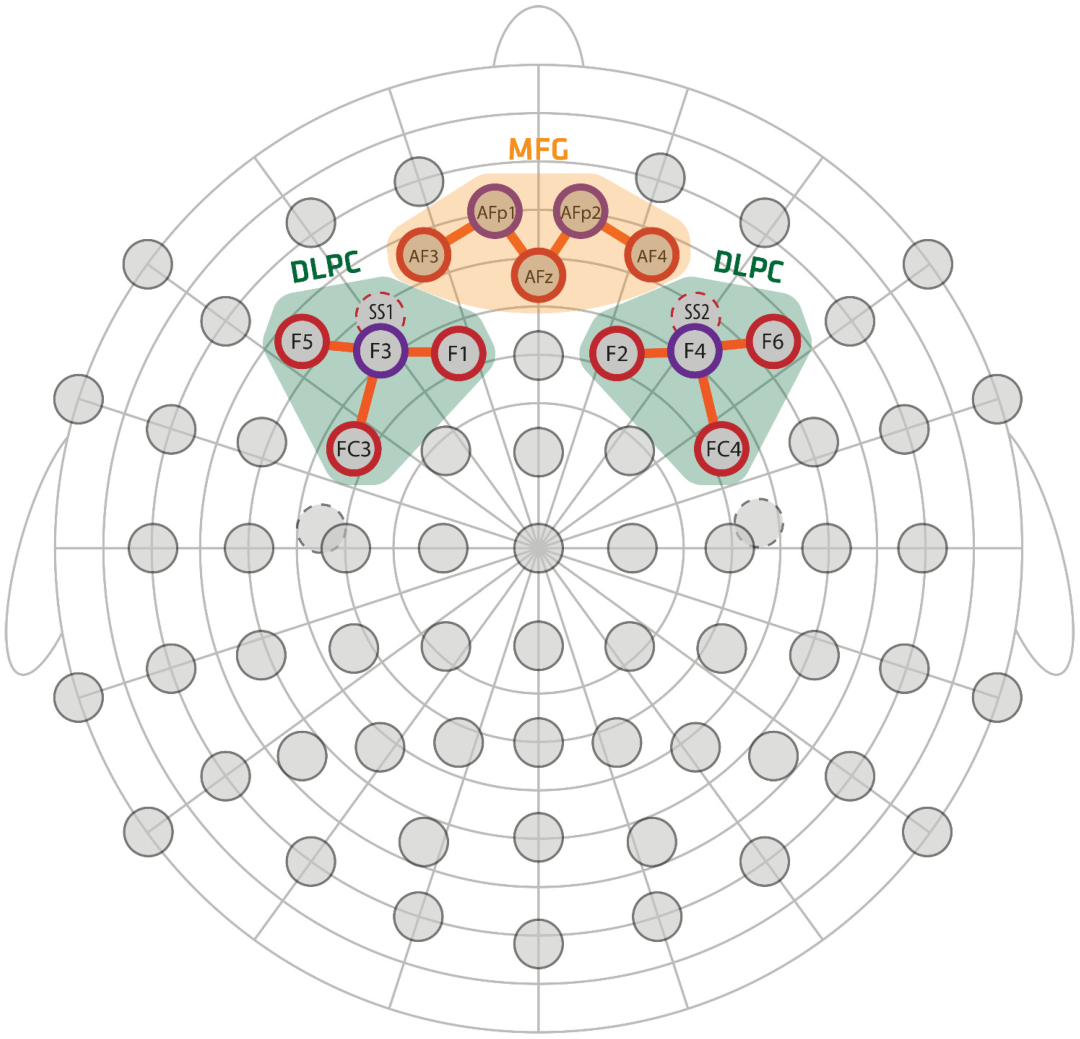


-
Z-score normalization: z-score normalization of the training and test sets.
-
The SVM classifier was used to distinguish between two classes: "relaxed" and "2-back tasks".
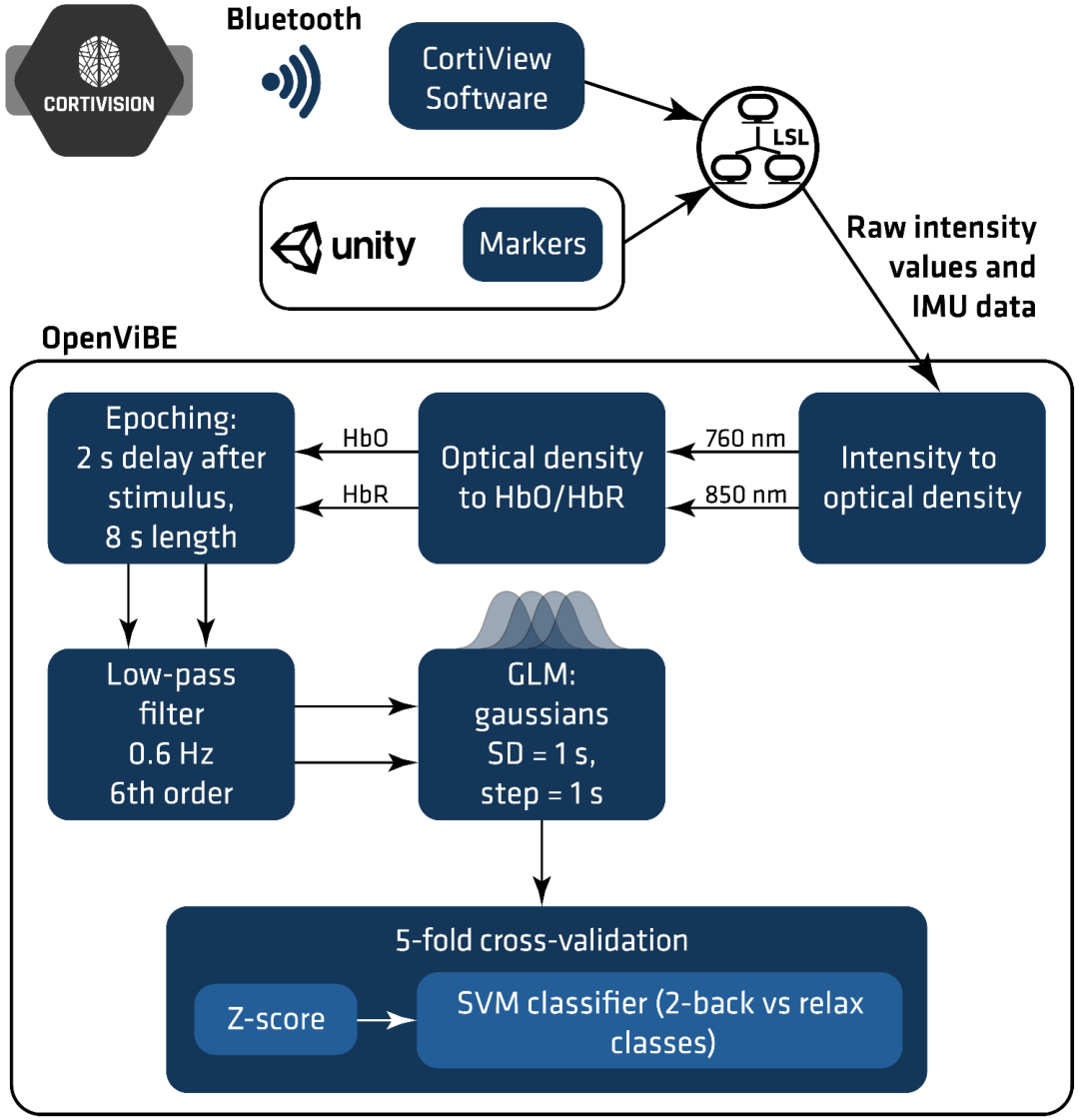


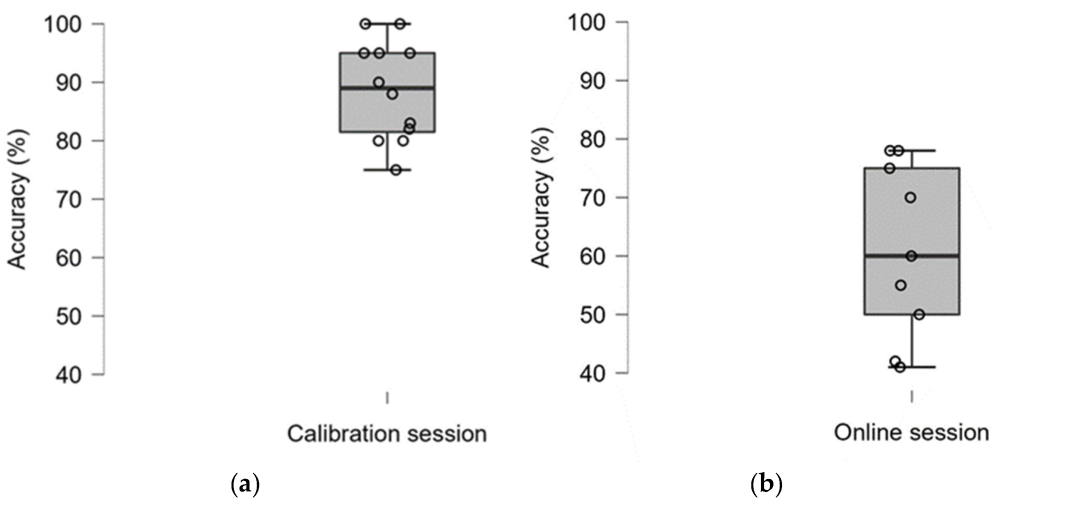


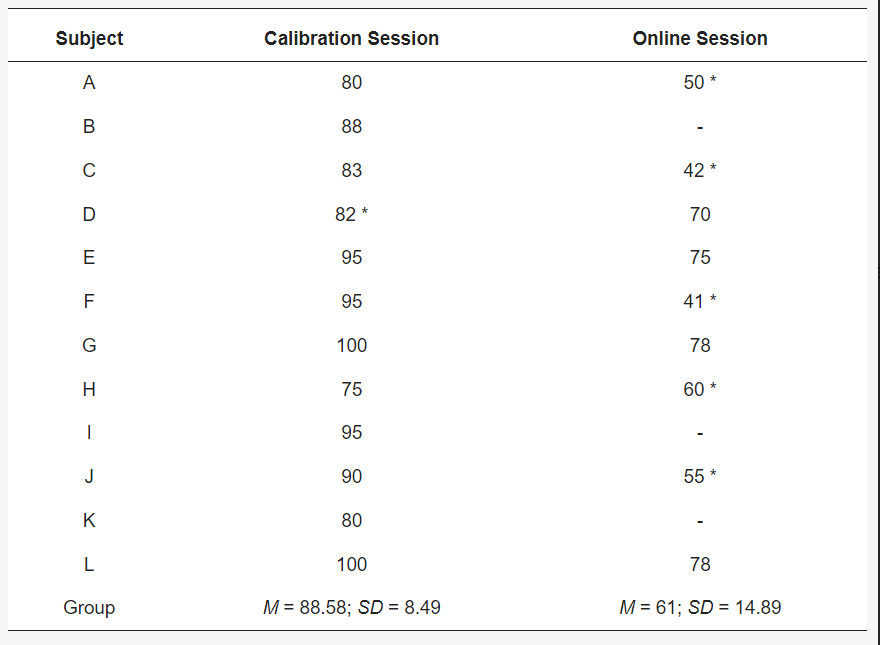


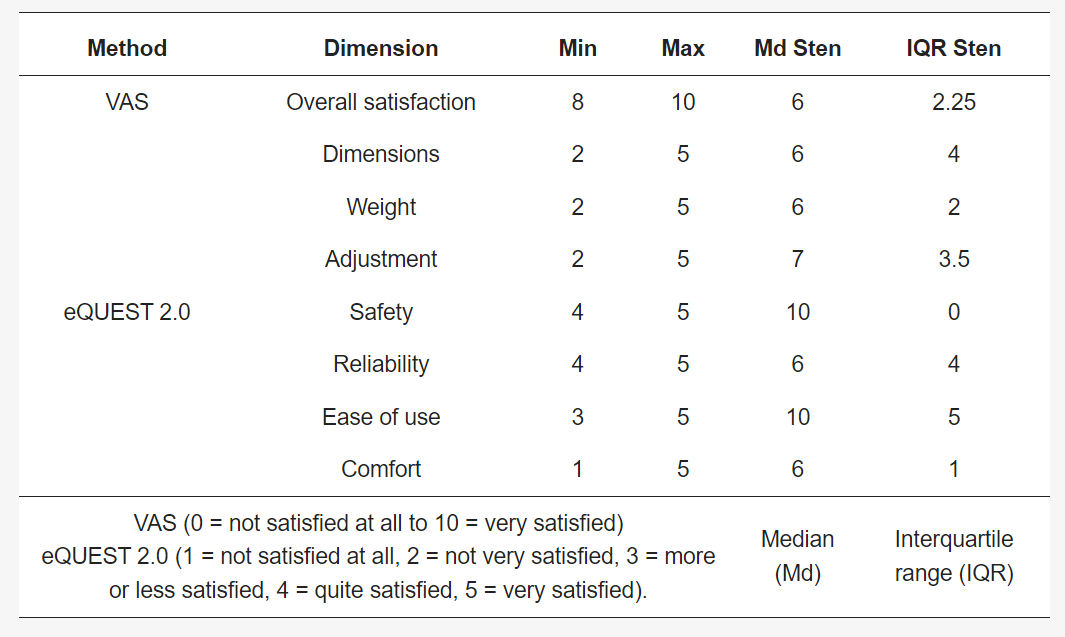


Beijing Hengzheng Technology Co.(Guangdong)Science group investment, relying on the Guangdong Institute of Human Factors Technology and Wuhan Institute of Human Factors Engineering TechnologyThe technical background ofIt is a new type ofofWith the psychological human factors, driving human factors, biologicalObject mechanics, user experience, virtual reality and other directions based on the production, research and development, sales, technical services in oneofHigh and NewTechnology-based enterprise, has been successfully selected to the list of high-tech enterprises in Zhongguancun.



Independently developed by Hengzhi Technologyofdriving human factors system, virtual reality graphical editing software, light environment psychological assessment system, psychological and human factors experimental teaching system.It has entered the domestic market.
Hengzhi TechnologyAs PolandCortivisionNIR, RussiaMitsarGeneral Manager of EEG ChinaItalyBTSSurface electromyography and other biologyPhysical mechanics and gait analysisof domesticProducts General AgentBusiness, NetherlandsNoldusBehavioral Sciences, SwedenTobiiEye-tracking device, NetherlandsMindMediaPhysiology and Biofeedback, USABiopacPhysiology, United StatesETTSense of smell/Taste stimulator and other productsof domestic concessionsAgentBusiness.The high-technology products operated byServedinIncluding Tsinghua University, Beijing Normal University, Northeast Normal University, Yanshan University, Qiyuan Laboratory, Xi'an University of Architecture and Technology, Northwest Agriculture and Forestry University, Shenzhen University of Technology, Xi'an University of Science and Technology, Shanghai University, Aerospace Second Institute, ,China Electronics Technology Group27theand28Institute, etc.Top universities and highest level research units in China, , ,Also forMozi, NetEase, Huawei Technologiesproviding technical support.In talent training, scientific research cooperation, and transformation of resultsWithin the field of technologyOngoing deepdegreeCooperation.



This article comes from the WeChat public number: EVERLOYAL






































